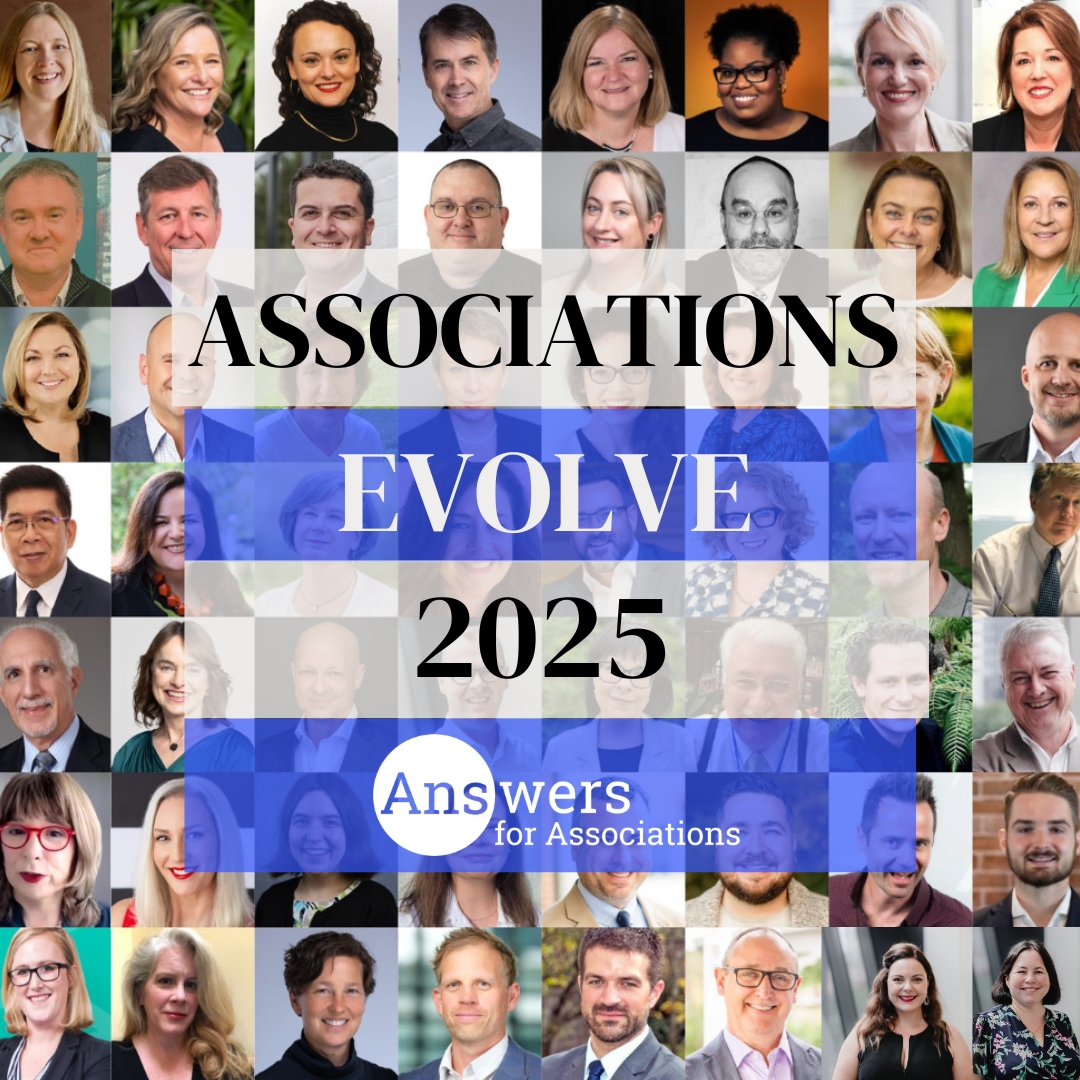
You know you need help with something, but you’re not sure if you should hire a consultant, a contractor, a vendor, or add a staff position. How can you decide?
I recently had the opportunity to participate in a discussion about this with association colleagues representing all those background and options.
We did come up with some good questions to help you figure it out:
- Do you want someone who can be “brutally honest” in telling truth to power?
- Do you need this skill set every day forever or do you just need it for now?
- Do you need this skill set full time or part time?
- What will the IRS think about the way this person is classified?
Working in reverse order:
IRS
The IRS will be displeased if you try to classify someone as 1099 if they really work for you. There are a variety of tests the person has to pass – here’s a good summary – but an easy test is: Does this person have or actively seek other clients?
FT v PT
Plenty of small associations don’t need a full time dedicated staff person for things like IT support, HR, finance, even maybe running your conference or membership renewals. Those are all good candidates for outsourcing, to a contractor, vendor, or even an AMC (association management company).
Forever v For Now
You may not need active guidance on strategic direction every single day. You do need implementation of your strategic direction every single day. Setting your strategy may be a good place to engage a consultant, not least of which because we have the advantage of perspective – we’ve seen a LOT of associations representing a LOT of different professions and industries. Executing your strategy requires staff, and it requires those staff members to understand not only where you are and want to go, but why.
“Brutally honest”
Boards of directors are sometimes suspicious of consultants. “Why are we paying this person all this money for something we could’ve done ourselves?”
Well, one, you didn’t do it yourself, which is why you need me to do it for you.
Being a bit less flip, sure, association staff or volunteers could compile and review data and documents, talk to members and other audiences, benchmark against other associations, and do sector and trend research. But do any of them actually have the time to do that? Staff members have, you know, their day-to-day JOBS, and so do volunteer leaders.
But in a larger sense, while it is OFTEN the case that staff members tacitly know what needs to happen, consultants can explain WHY it needs to happen by doing all that data work and research, and because of our knowledge of and exposure to lots of different organizations. Ideally, the consultant is a compliment to the staff on knowledge, insight, and even execution.
As one of my fellow consultant participants in the conversation put it: “I’m not here to replace your job. I want coach and train staff into implementing my recommendations, which is the thing that will actually make the difference, not the report itself.”
Photo by Paola Aguilar on Unsplash







